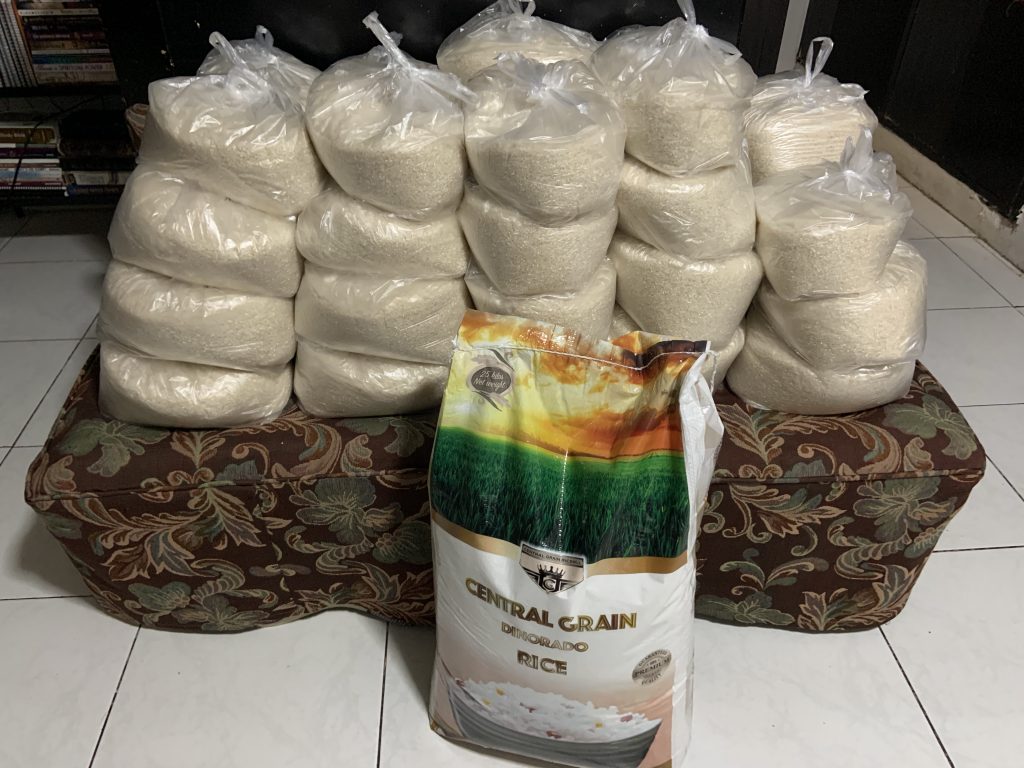
Why Rice Is Popular In The Philippines
A Philippine proverb says that if anyone wastes rice or throws it away, his hand will become deformed and he will never know abundance or prosperity. In the Philippines rice is much more than food, it is sustenance with historical and numerous cultural values that are deeply woven into the Filipino culture. The Filipino language has several different words for rice, it is locally known as “Palay” (un-milled rice), “Bigas” (milled rice), “Kanin” (cooked rice), and a few more.
The average daily intake of food is based on rice; it is rich in nutrients, vitamins, minerals and is an important source of carbohydrates. No other food is used so widely in the Philippines as rice; it is the center of the plate in every Filipino household. It can be cooked, steamed, fried, sweetened, used as stuffing, and baked in a cake (Bibingka). It is served every day at breakfast, lunch, dinner, and often as a snack, for most Filipinos a meal without rice is no meal at all and a life without rice is absolutely unthinkable. This is not just some study, I am married to a Filipino and it’s rice every day.
A meal for Filipinos is not complete without a serving of rice, it is a must. And why do Filipinos love rice? For Filipinos rice it is a staple food, it is part of the culture, it is an identity, it gives the bulk of carbohydrates which is perfect especially for those who does hard labor, and of course, it goes with any meal. Rice is the most consumed grain in the Philippines. There are many varieties of rice that can be found in the Philippines, and in every province of the country, you will see rice fields everywhere. However, with those varieties of rice available in the country, the Philippines still imports rice from its neighboring countries. The country is said to be the largest importer of rice in the world. Why the Philippines can’t produce enough rice to feed its people?
- Land area: The Philippines has around 300,000 square kilometers, of which around 43,000 square kilometers of harvested area are used for rice production. As most of the country is very mountainous and consists of many small islands, suitable land is limited to expand rice production into without affecting wetlands, forests, or areas producing other crops. Urban areas also continue to expand rapidly.
- Population growth: The population of the Philippines is estimated at 107 million. Its annual growth rate of around 2% – among the world’s highest – means that just to keep pace with growing demand the country would have to increase rice production and yield at rates rarely seen in history.
- Infrastructure: Irrigation infrastructure is not used and maintained as efficiently as it could be, thus reducing productivity potential. Transport infrastructure, particularly good-quality roads, is lacking in the Philippines, which affects the transport of rice and hinders the rice trade.
Now I hope this information gives you some idea why Filipinos love rice and understand why this is the main source of meals on the table. In surveying the area, found out that many Filipinos did not have this staple food to provide for their family on a daily basis. Rice is an easy way to make it the main course of the meal because It’s filling and can be counted on to starve off hunger. Also due to the low income or hardly any income at all rice is suitable to help feed the family when there is nothing else to eat.
But we still have a problem here in this country, even though rice is a cheap staple food yet still there are many who can’t afford to keep it in their home. As I have mentioned before and many have to go out on the streets and to other places and beg for monies just to buy rice to have food on the table. Again thank you so much for visiting our site and may your heart be touch to join us in the operation to help those that are in need today.